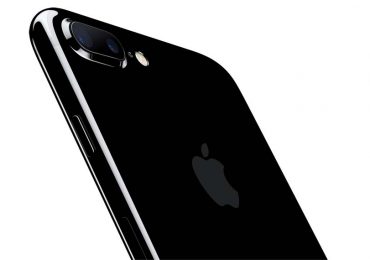Telecommunication companies are so aggressive these days when it comes to offering the latest smartphones available in the market today. From iPad, iPhone, Samsung S3, Nokia Lumias, HTC One X, Blackberry Curves, Sony Xperias and a lot more. Name it and they have it. Mobile phone lovers can choose from high-end phones to featured phones at a very affordable prices. Did I mention free handsets?
Telecom providers are pricing their offerings at very attractive packages – free phones for a certain number of subscription period. Take for example a handset worth around PhP 30,000.00+. One can avail of such phone for free for as long as a subscriber is willing to pay around Php 2,000.00 a month for 18 or 24 months. Some even comes with unlimited data services. The subscription fee, by the way, is consumable.
And there’s more. After the subscription period, subscribers are entitled to a new handset if they decide to proceed with his/her subscription. Subscribers are also entitled to some special packages. I know some who got new handsets even before their contract expires – they call it loyalty reward, if I am not mistaken.
So let us make a simple computation here. Will it be wiser to avail of a subsidized phone from a telecommunication provider or just buy it straight from a mobile store?
For a period of 24 months, a subscription fee of Php 2,000.00 will amount to PhP 48,000.00. If the handset is worth PhP 30,000.00, in effect we are paying PhP 18,000.00 more in a period of 2 years. Now let’s examine the outright purchase. You need to pay PhP 30,000.00 for the phone which you purchased from a mobile shop. Let us say you are consuming a thousand pesos a month for calls, text and data – that will amount to PhP 24,000.00 for a period of two years. That is PhP 54,000.000 total. That is PhP 6,000.00 more than a subsidized phone offered by telecom providers.
But what if we only consume PhP 500.00 a month for call, text and data? That would be PhP 12,000.00 in two years, adding the PhP 30,000.00 handset price, we will have a total of PhP 42,000.00 – six thousand cheaper than a subsidized phone from telecom operators. So is it really cheaper? Yes, but there’s one big difference:
With the outright purchase, you have a cash out of PhP 30,000.00 for the handset as against zero from a subsidized phone. And that, ladies and gentlemen, is a big difference. The only downside, if you want to call it a downside, is with subsidized phones, we are locked in with the telecom operators for two years.
So because of this, mobile phone lovers are opting to get their phones via telecom operators rather than going to mobile shops, for smartphones at least. For featured phones, it seems majority of users are still buying it from shops since featured phone providers are also aggressive in pricing their phones. They normally come bundled with freebies and accessories.
But how long can telecom companies keep up with this phone subsidy thing?
In other countries like Europe and Spain, the trend seems to be changing. Telecom companies are starting to drop subsidized phones for their new customers. Europe’s biggest telecom operators Telefonica and Vodafone are using Spain to test whether the change will affect their business.
AT&T, Sprint, T-Mobile and Verizon are closely watching developments in Europe, they have slowly implemented changes like delaying phone upgrades to their subscribers and imposing a fee if users opt to get a new mobile phone. Sprint and AT&T both charge $36 per phone, Verizon Wireless charges $30, while T-Mobile charges $18. We have to remember that phone companies offer subsidized phones to attract more customers, and make money out of the subscription and not on the handsets.
According to Bernstein Research, telecom operators are spending more on phones than on upgrading mobile networks. Globally, phone subsidies climbed more than 40 percent from 2009 to 2011 to reach $48.5 billion. This is because consumers are expecting upgrades every after their contract expires.
How long our local telecom operators can keep up with subsidized phones is a big question. This will depend on a couple of factors – the cost of the phone and the consumption of users for calls, text and data. At the end of the day, profit will dictate if they will continue with such offers or implement what other telecom providers are doing or cut it off totally and offer better and more affordable subscription packages.
For now, let’s all enjoy the subsidized phone offerings from telecom operators. I am logging off. Stay cool and God Bless!
(Article written by Jerry Liao)










